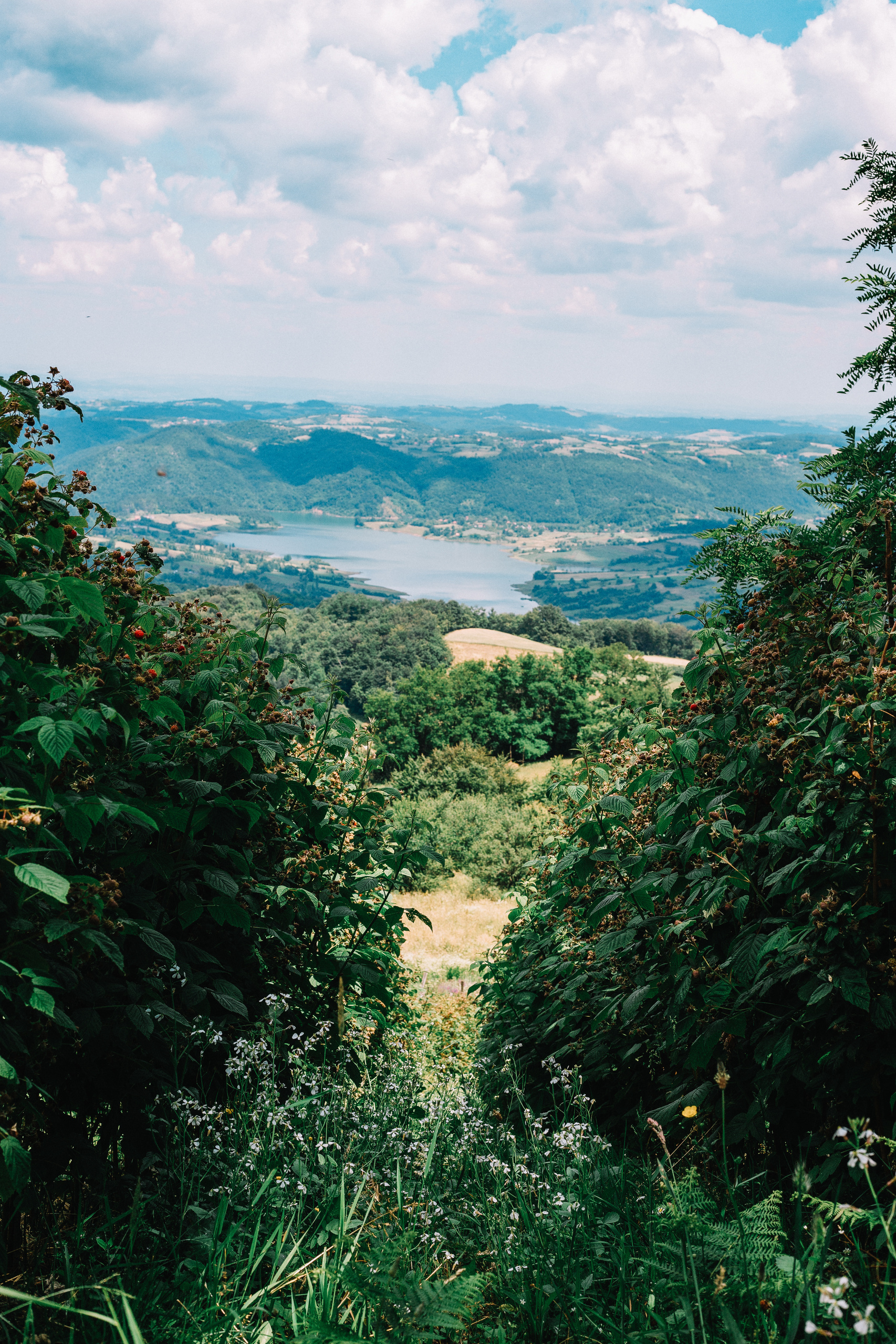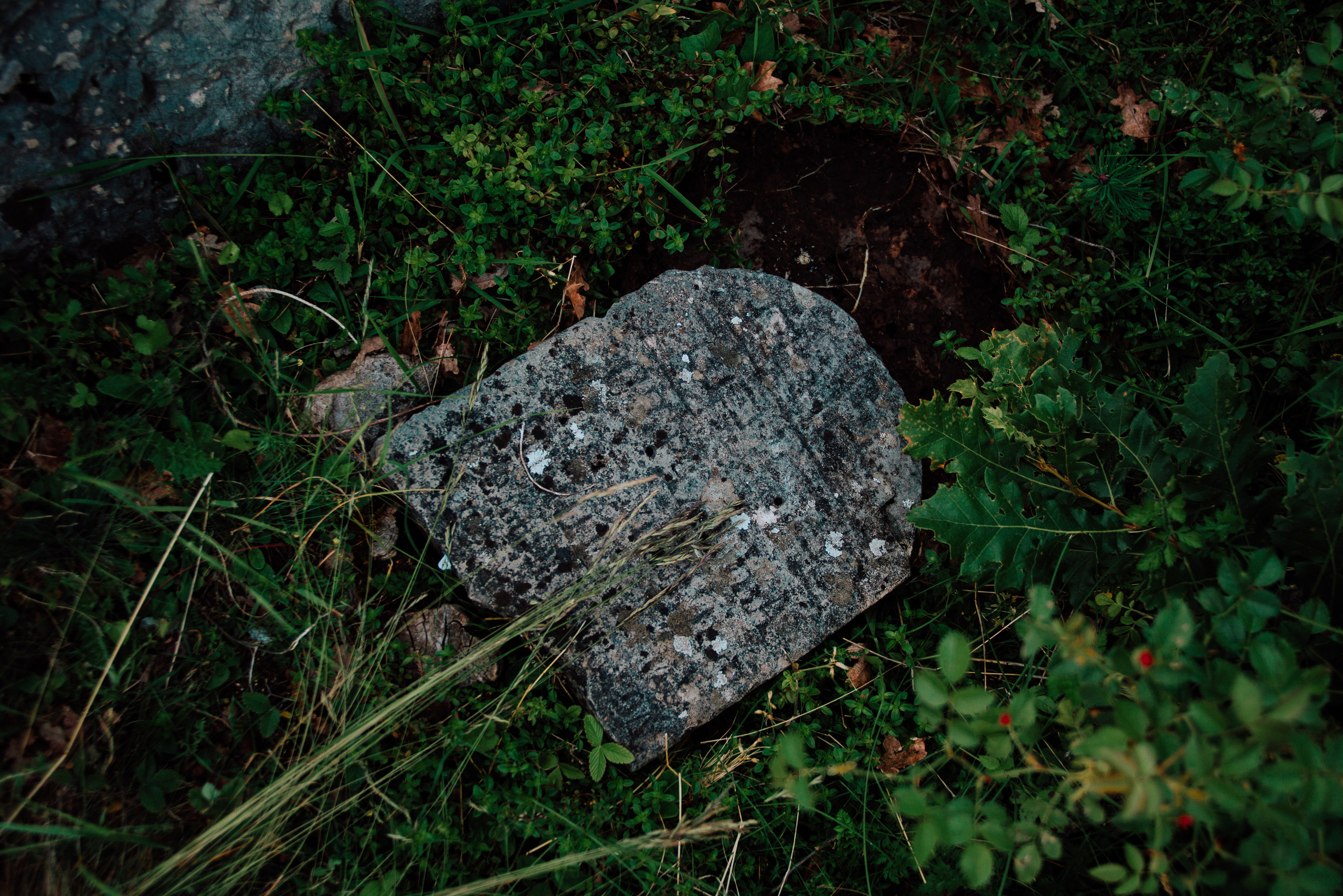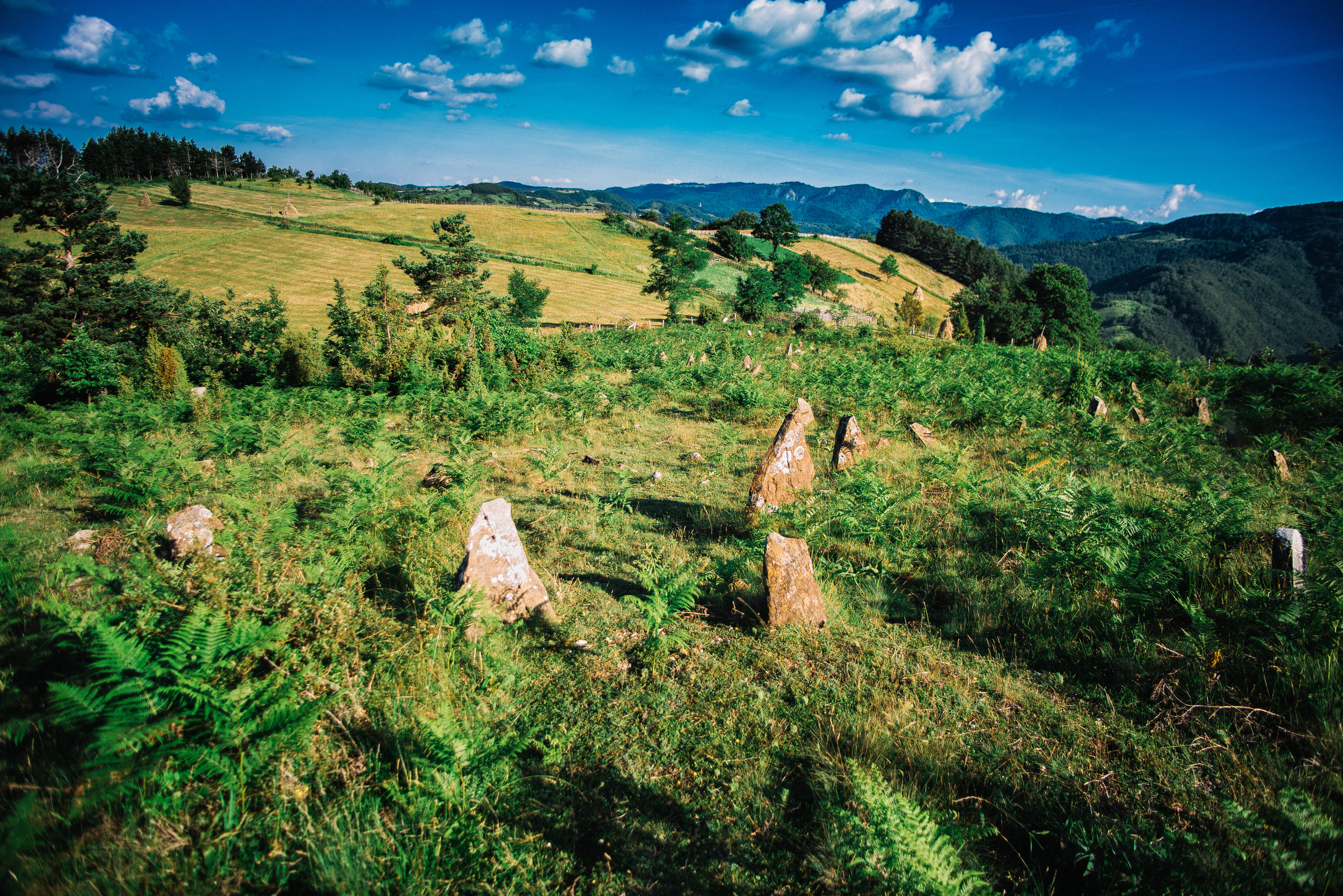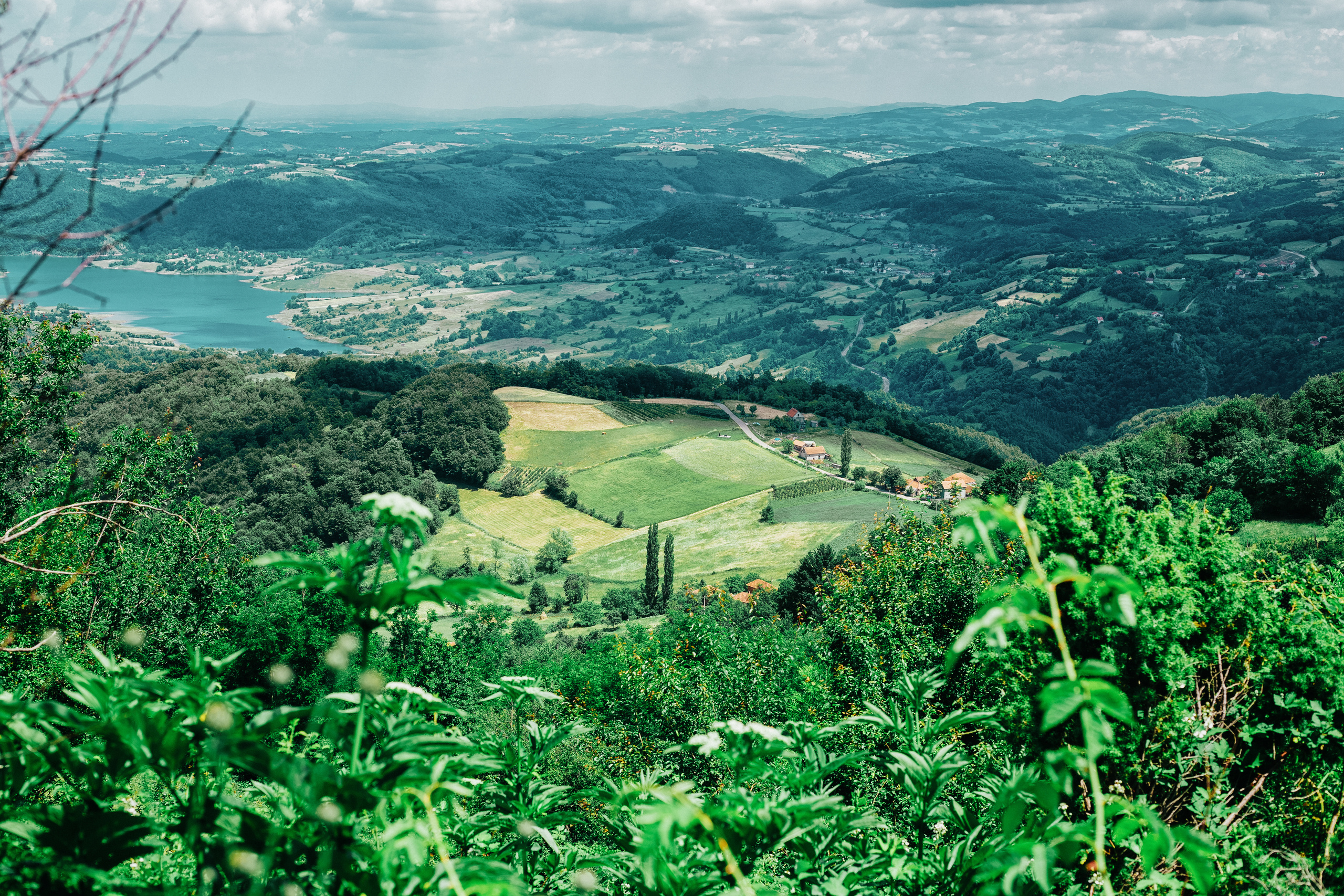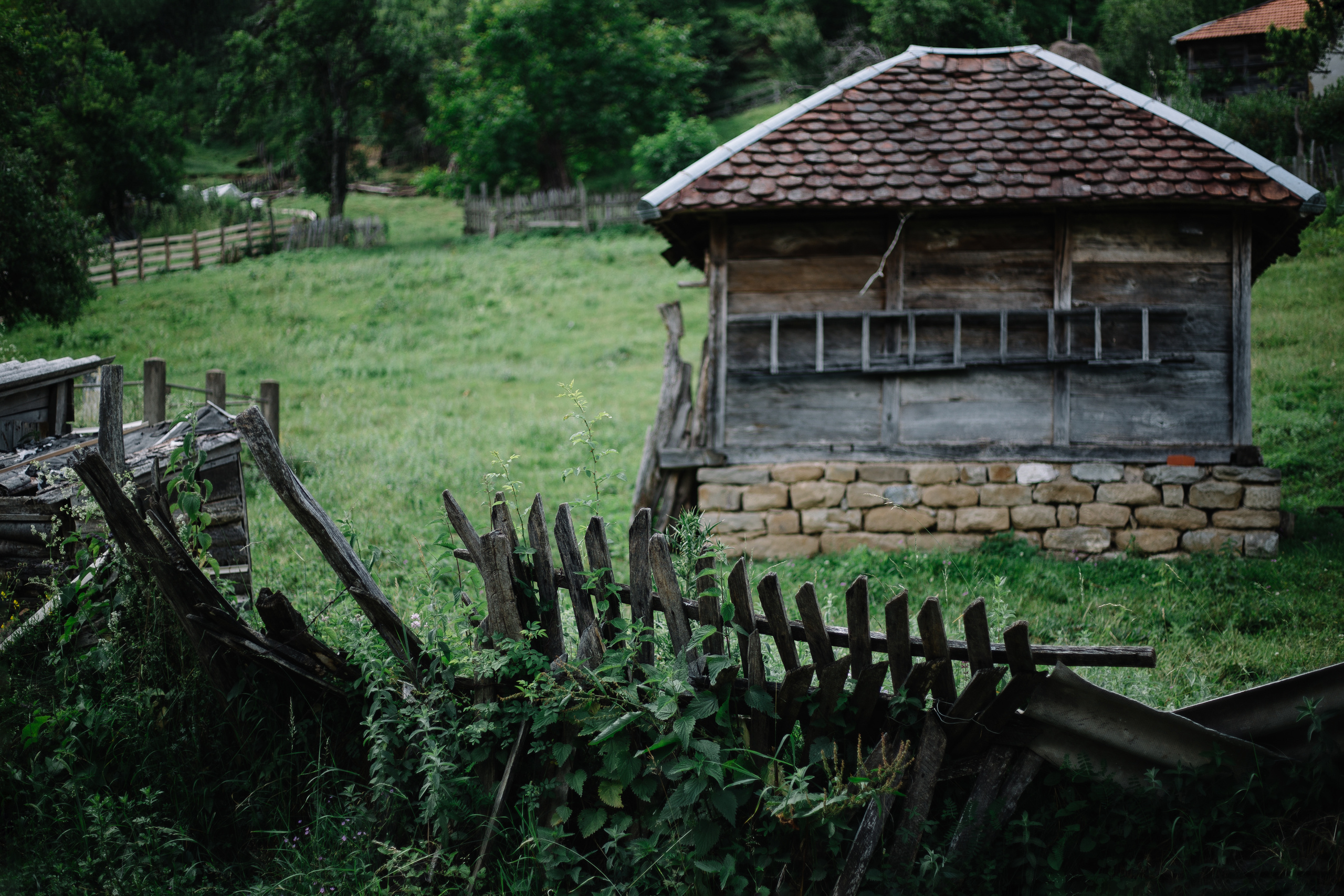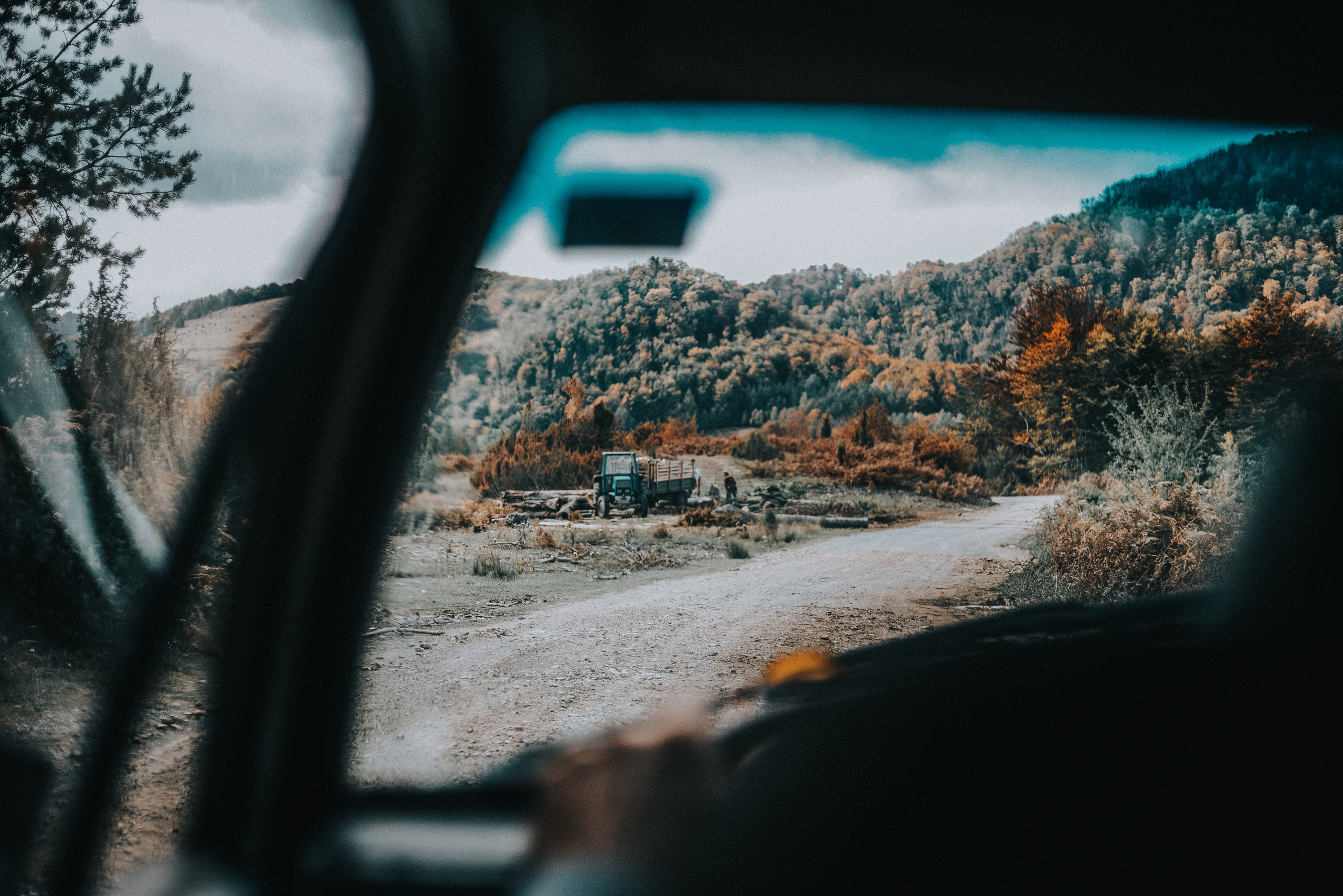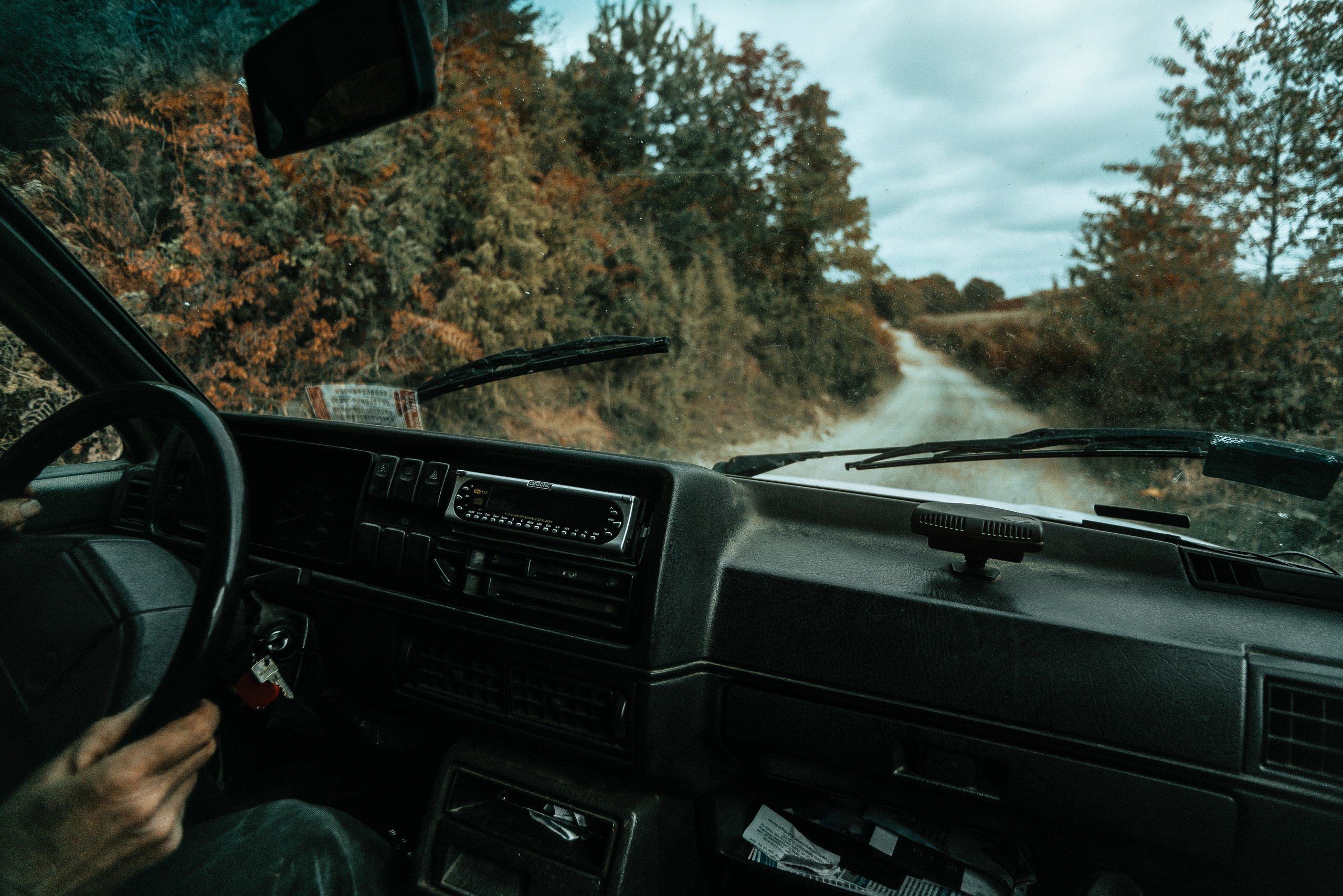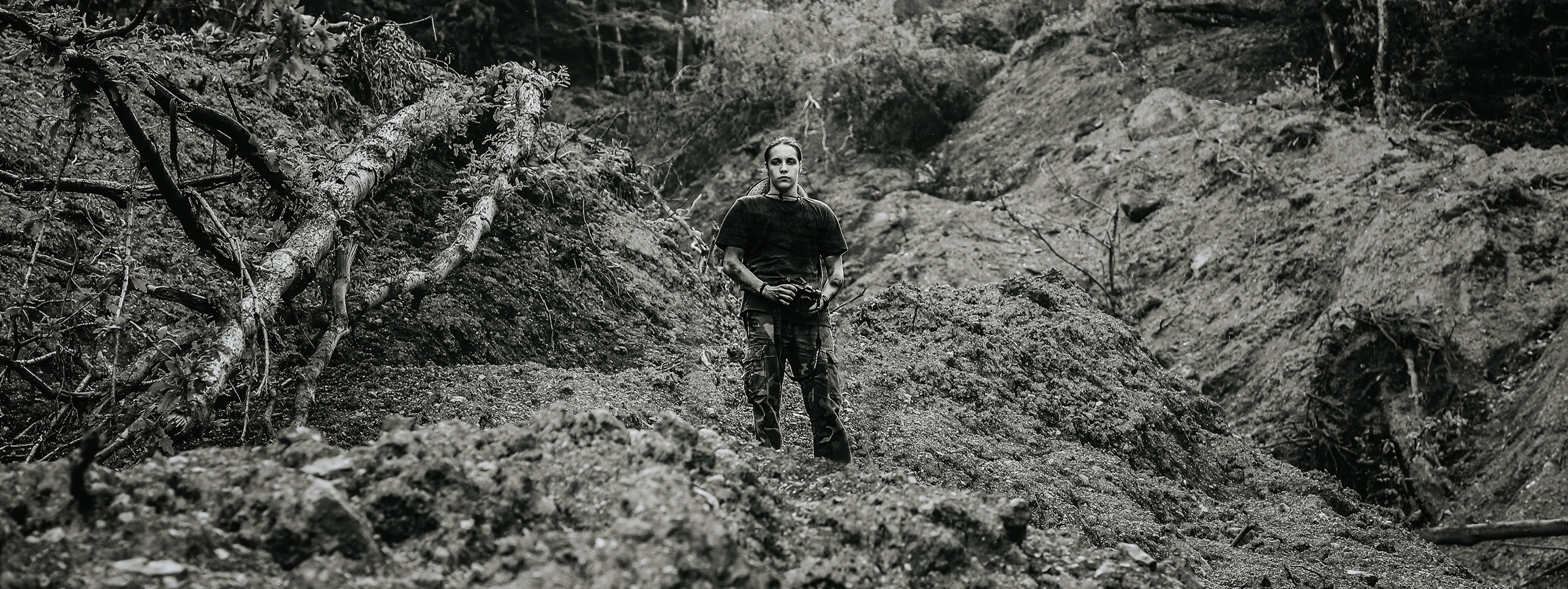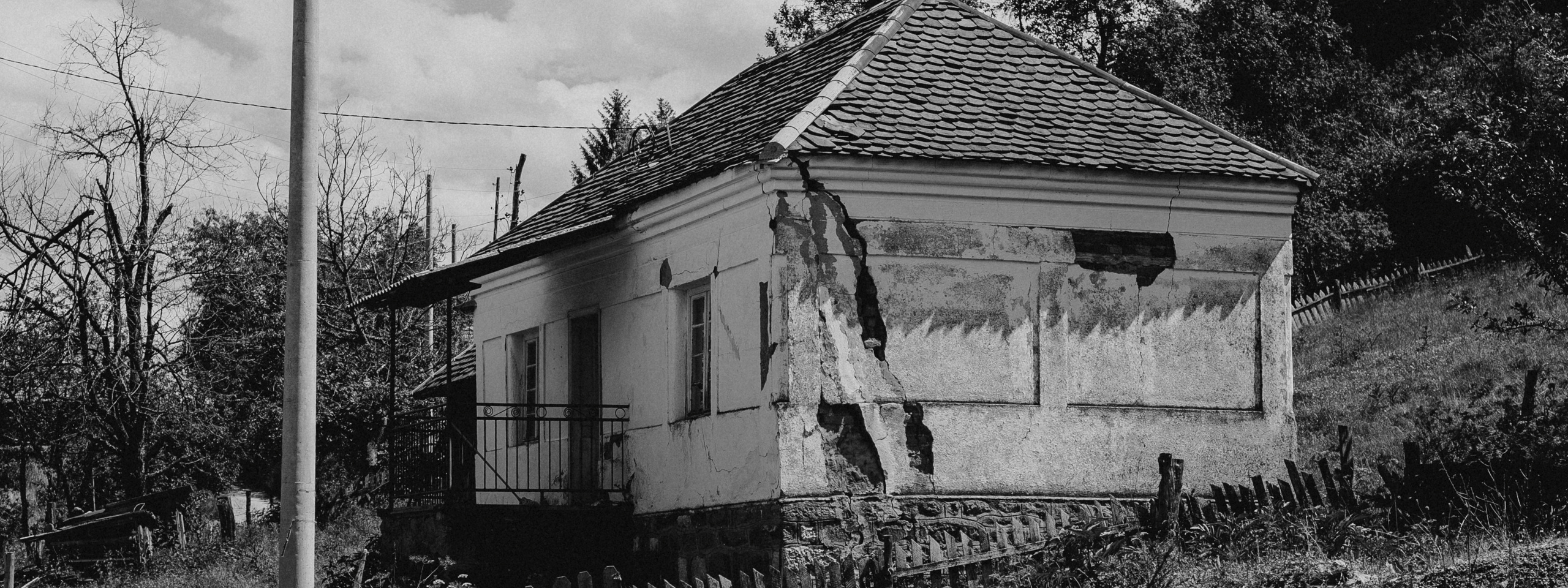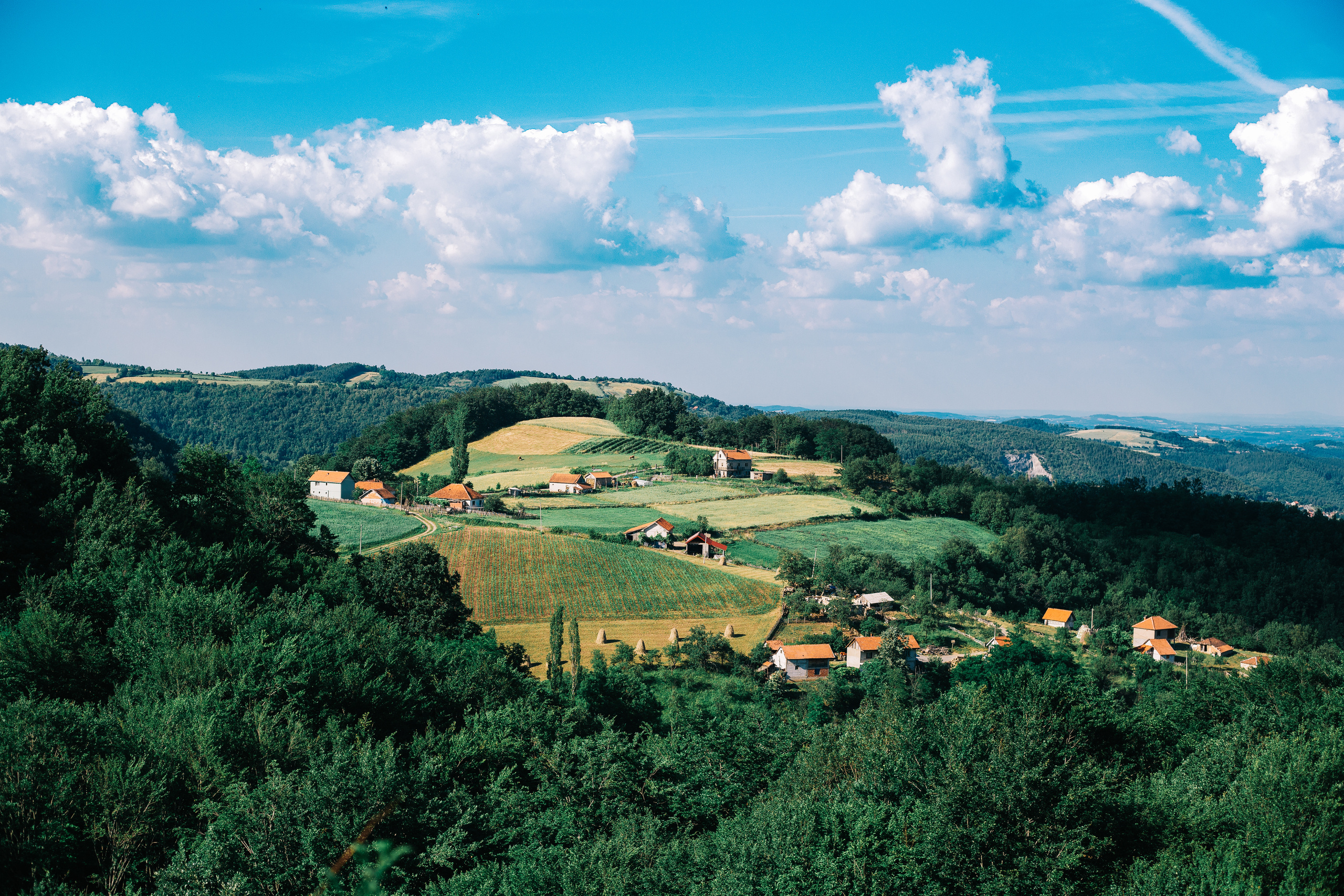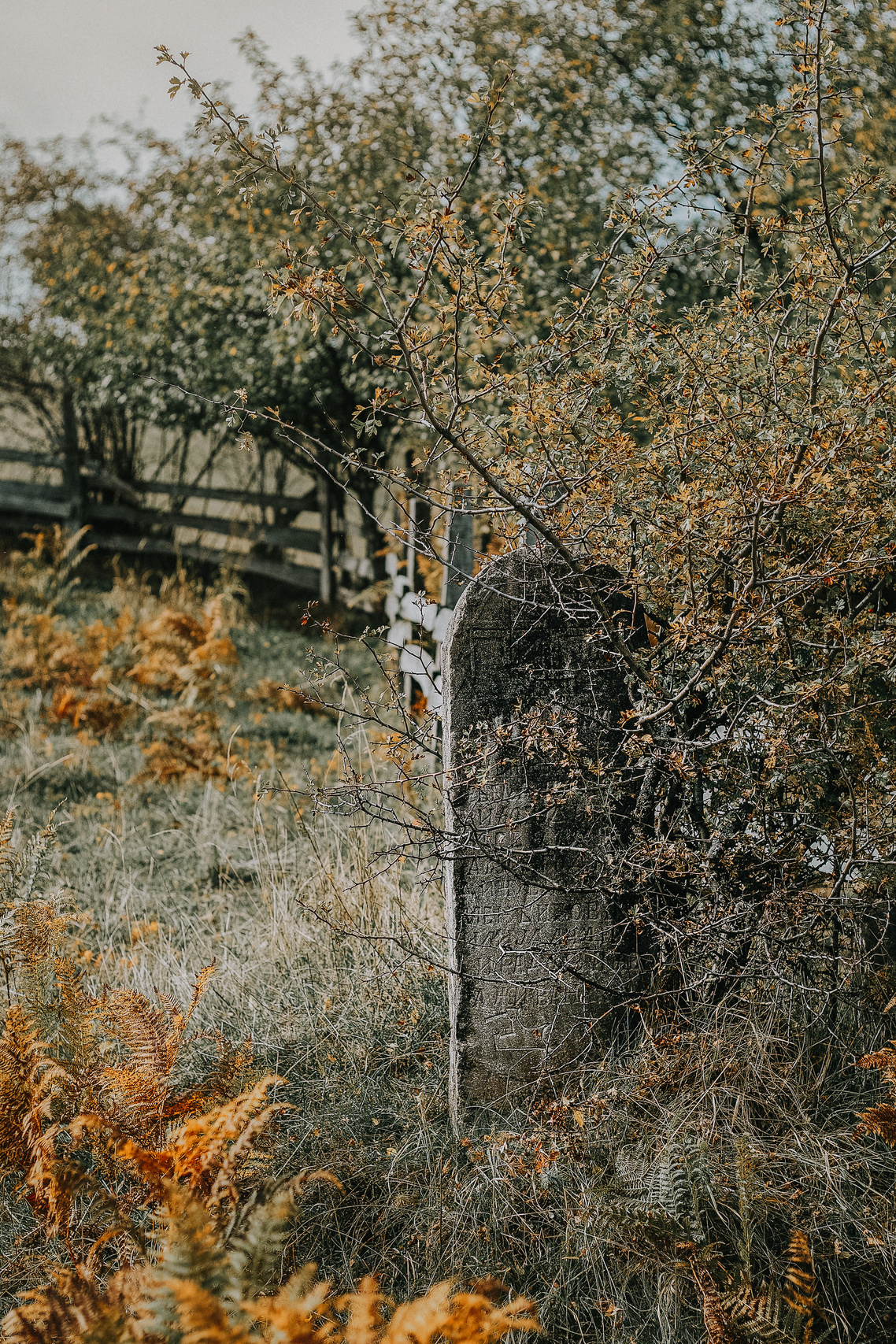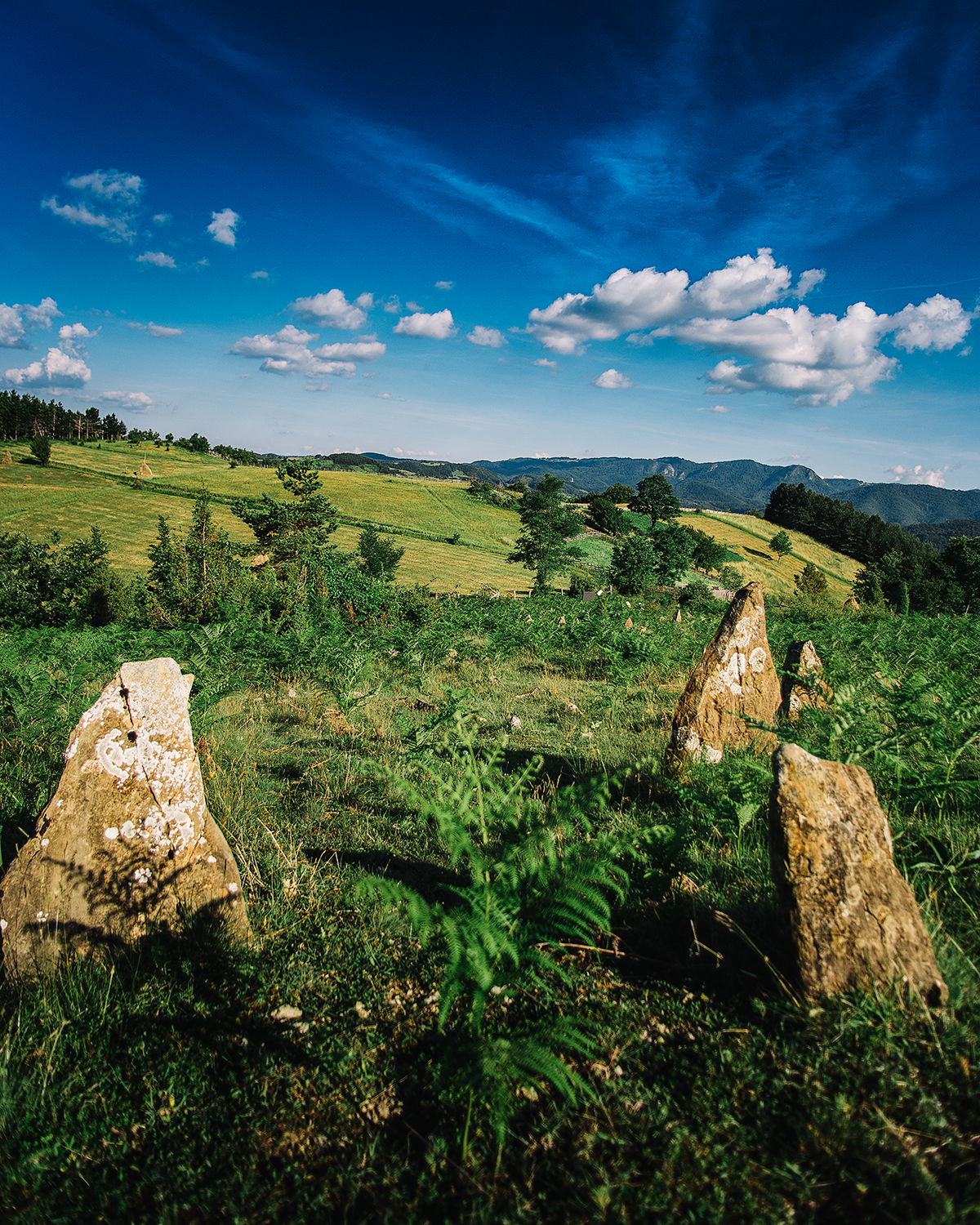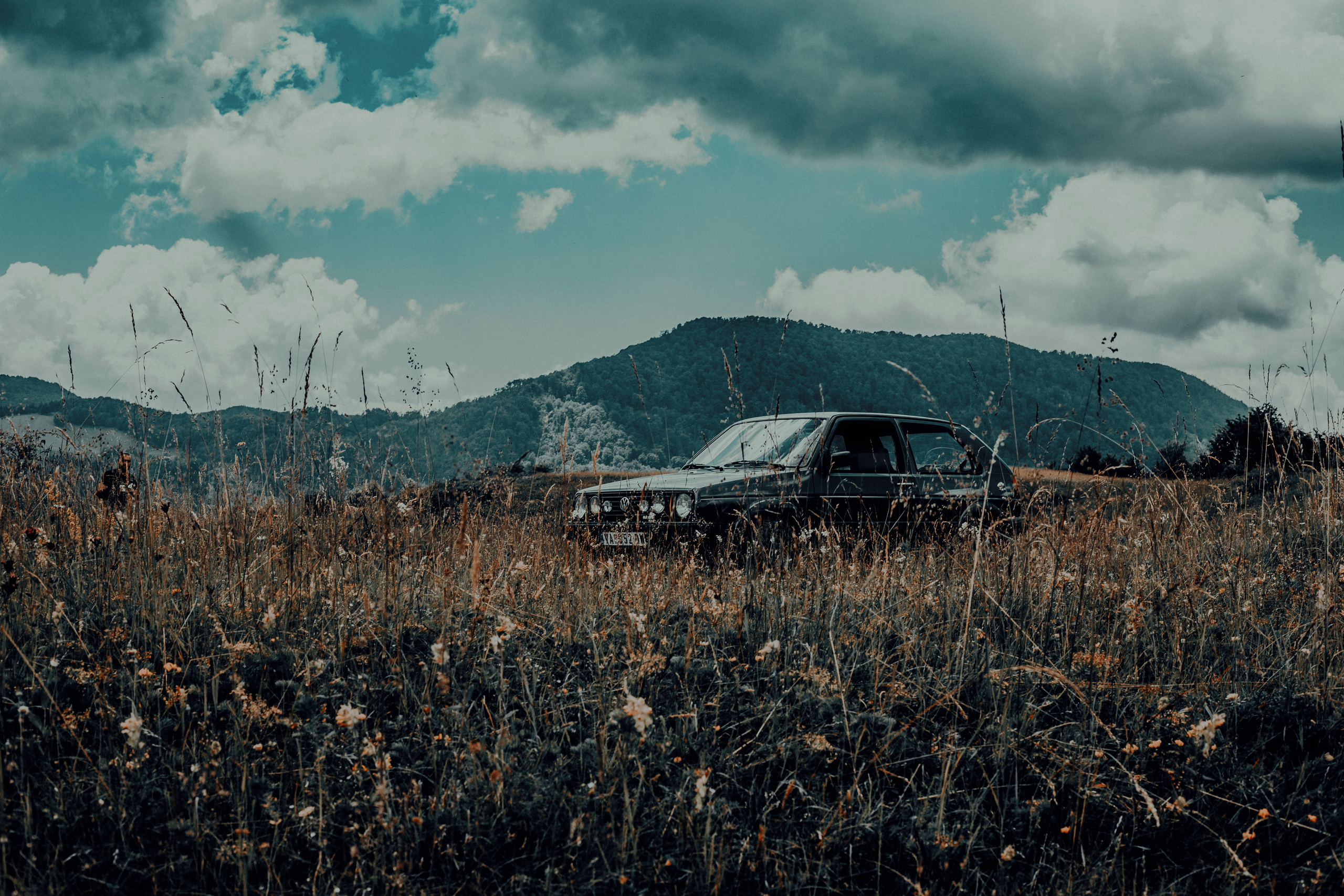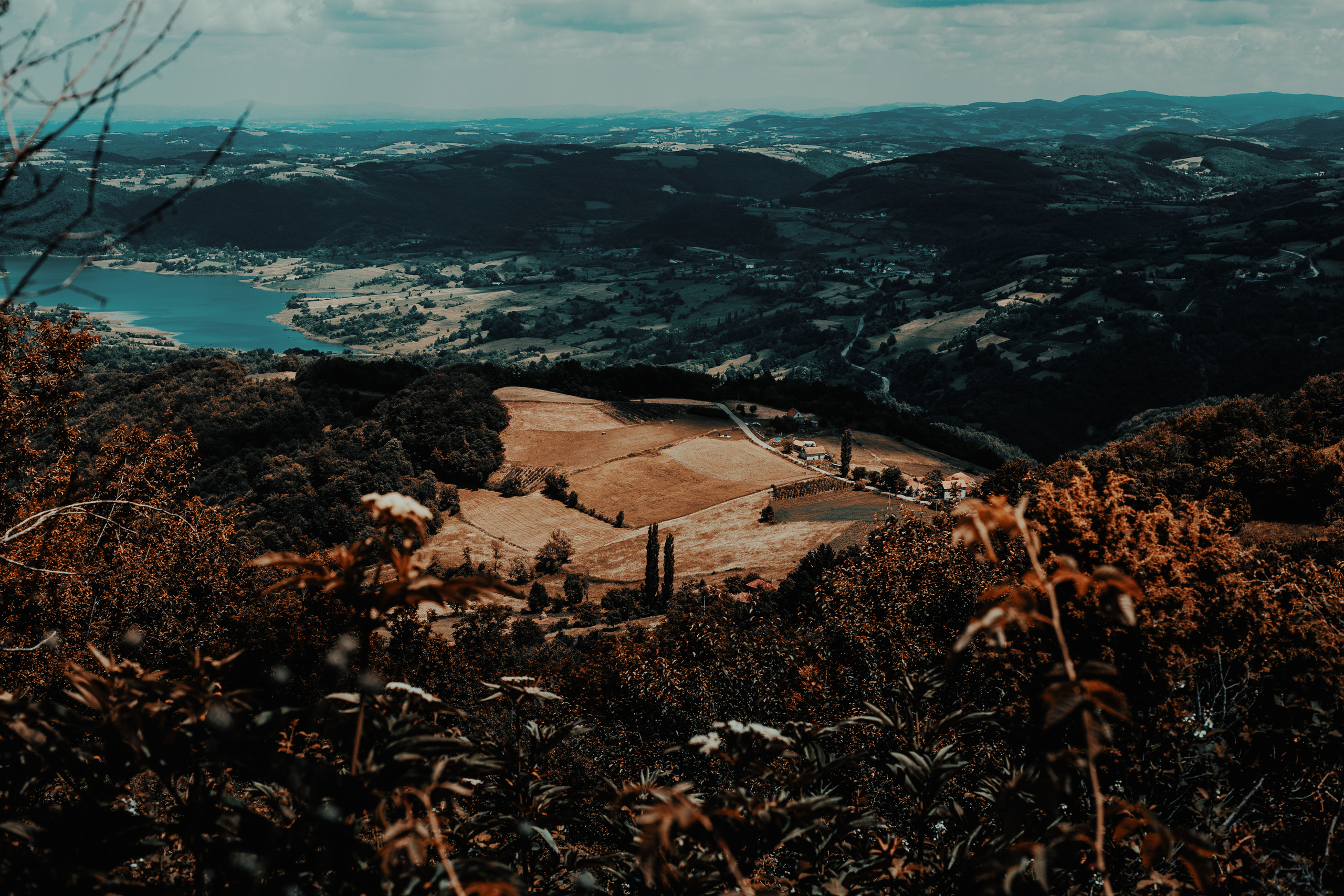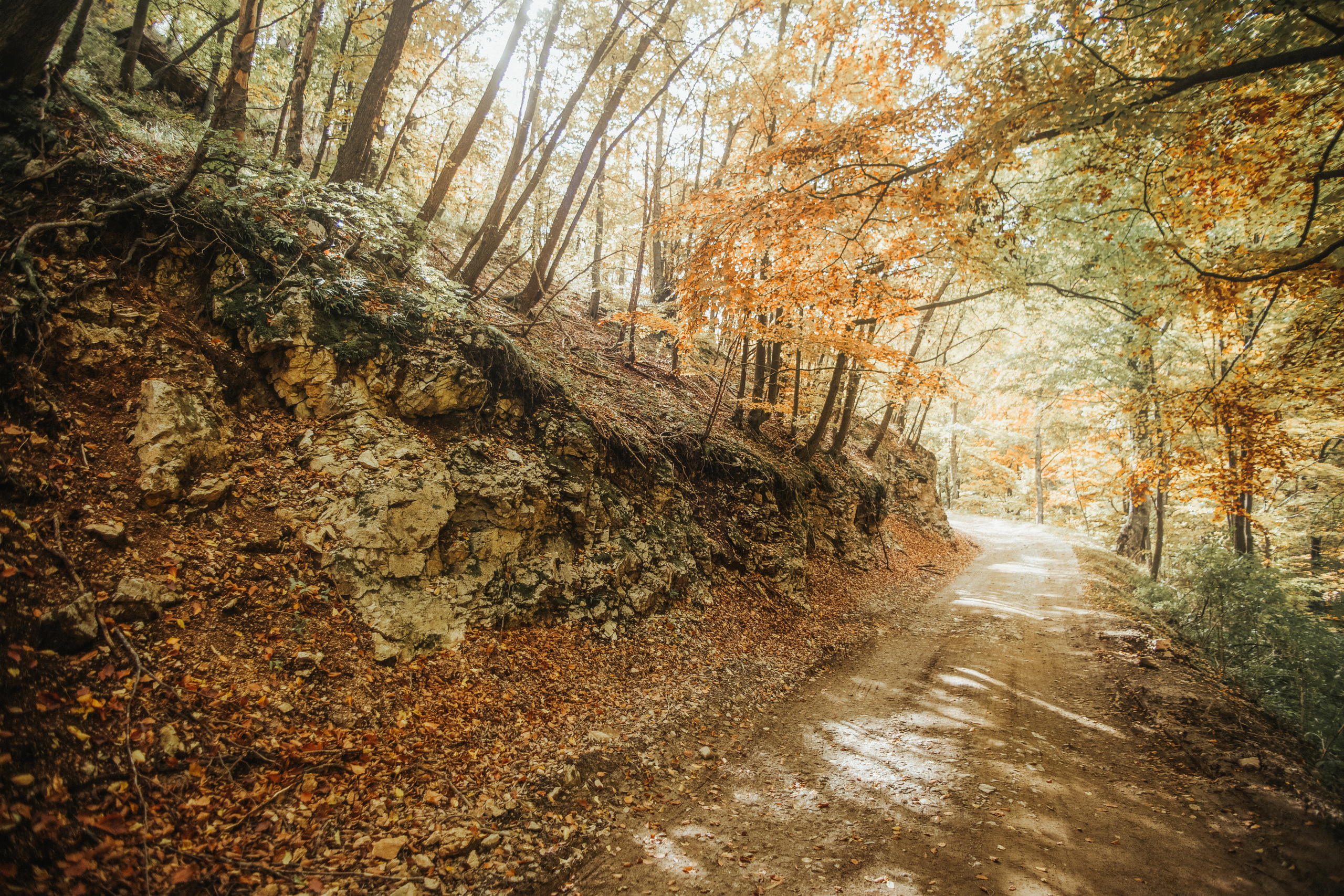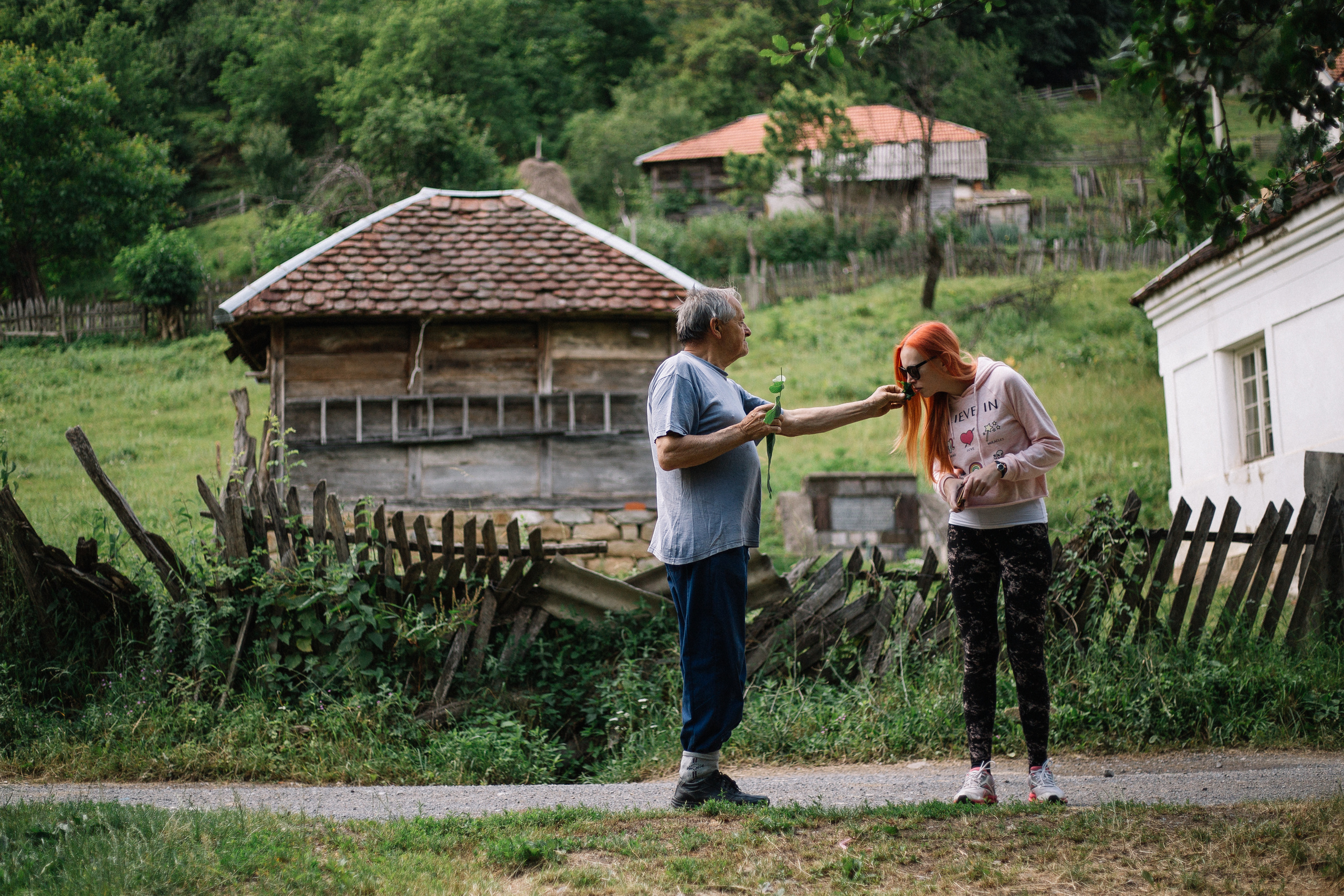This is the setting of our today's story — it's a small village called Mijači, high up in the mountains above Valjevo, in my homeland of Serbia. The village has been settled by the tribe of
Knezevići during medieval times, and until present times 90% of families living
there still bear the surname Knezević!
While I have known my father's family history quite well, far up to
the middle ages. I couldn't say the same about the family from my mother's side.
My mother's
family name is Knezević
, she is a descendant of Despot Knezević, my grandfather
who spent most of his life in the same village of Mijači.Curiously, even the name of the village once used to be — Knezevići, derived from the same surname.
When I was a child it used to be funny
that everybody in the village is either my brother, sister, nephew and so on.
Funny thoughts were coming by, imagining how that was made possible (Game of
Thrones, Lannisters much?) but what truly amazed me is that a village, far away
in the mountains remained relatively intact by centuries, where the surname
still persists, and majority of people are truly related. Two years ago
while I was hiking on the mountain I've discovered a hill top graveyard, with
forgotten and for decades if not centuries neglected tombstones. After spending
some time reading, mostly by touching the engravings, I could discern they
belong to my own family which sparked a lot of curiosity and that's how this
story begins.
I had to find out at least something about this graveyard. I've got an idea to ask the oldest
person of the village, in order to obtain at least some useful information. Unfortunately, all I was getting was: ''To hell with it, child, those things
are older than any of us can remember''
Some of them have been mentioning the
time of Turkish rule over Balkans, some of them the antique times, so I've remained
clueless. At certain times I was asking myself, is it possible that no one ever
asked the same question like I did. It's impossible that such a historical sight would be completely forgotten. Somebody must have passed by that was
troubled by the same thoughts, by the wish to know more. I've got
disappointed, that nobody, belonging to such a huge family, had ever dared to
ask, to dig further.
There was a bit of ridicule present as well by my own relatives…''everywhere where we go,
the only thing you're fascinated with are the graveyards'', or ''of course he
found a graveyard again''…And yes, there was a certain disappointment growing
in me over time about my own people, my own family.
But the sadness passed, as I
watched the workers on the fields, realizing that these people have no time to look for answers for
such questions. To them fieldwork is a matter that differs them from those under the same tombstones. They can't allow themselves to be concerned with times long
gone.
Time went on, but the thoughts of the old graveyard have given me no peace. A full year had passed, and the call to return was strong. This time, better prepared, having all my gear with me, I was back, hiking to that same point. Mountain life is merciless. The winds, snows, scorching heat, and only the cracked stone bears the permanent evidence of how hard life really is high up.
Not long ago the area was changed forever by the landslides and earthquakes that came with them. Some families disappeared, the old clay barns gave up, and the land, scarred, reminds of the horrific event. Tremendous and unpredictable is the force of nature, so strong that even we, who live, learn it the hard way. Who will defend my graveyard against those forces, sitting alone on the hilltop, who will tell the stories of it's people, when one day nature decides to get angry again? I knew that my discovery could also disappear one day, never to be seen again, and it was time to do something. If nothing else, at least to document it, before time takes matters into its own hands 🌙
Devastation caused by the earthquake
The stone was cracking and rumbling under my feet as I was approaching the top. Sun rays broke out trough the clouds and lifted the shadows off the old triangular tombstones, revealing the bone white and brown colored stone, making them stand out in the sea of green.
As it was early spring, and high grass didn't start growing yet, reading the engravings became a bit easier task then the previous year 🌿 Though, still not as much as I would like, owing to the harsh conditions, and time that these stones well remember. Some of the stones had engravings written in the cyrilic writing, not old enough to be a glagolitic script, but old enough not to be a cyrilic system as we know it today.
In the days of old the stonemasons knew nothing of the grammar rules we have today, breaking the words into following rows, at whatever place possible, resulting in much harder reading and understanding. The language used on the tombstones is hard to pinpoint exactly. During these ages, Serbian language was going through numerous transformations and reforms, adding to the complexity of reading and understanding the engravings. If we take into account that this is a hilltop graveyard, far away from scholars, and the problems of language reforms, things are getting even more complicated. Seems like the knowledge I got while studying the history of my own language, old church slavonic and later derivatives of the same language, helped me understand much more. I am thankful to the great professors I've had during my studies, because without them, this story wouldn't be as interesting 📖
A
big portion of the graveyard, that previous year has been covered by dense
flora, now was getting ready to be rediscovered. I was photographing each
and every stone, cutting the hard grass that grasped some of them, making sure,
that if nowhere else anymore, they will be remembered and eternally saved by
the lens of my camera, and the story you now read.
The old style cyrilic engraved stones could belong to the 16th century or later, and the ones that have been precisely dated by the stonemason, belong to the early 19th century. Quite fascinating, these as well, bear the names of my family. The triangular stones, that seem placed at random, stay silent about the ages they have seen. I guess dating something that old, is far beyond my abilities. These are the ones you can see in this photo and part 5. Something peculiar caught my attention as well, a number of small gravestones, with stones placed around where the body should be, smaller than an adult's grave. Children's graves they were, and I counted more than I would like. There must have been something during these years, responsible for such numbers. And I didn't know how much right I was.
With more questions than answers I packed my gear back, making a plan about contacting a renowned archeologist to help me solve the mistery that will help me realize the truth about the settlement, high up in the hills, named only by using the family name, which pointed out the fact that most of the people belonged to the same tribe long ago. When exactly did my family settle the mountain of Medvednik, who these people actually were, where they came from, and why exactly this mountain, where digging tunnels in snow during winter is the only way of moving trough. How come mountain proved to be an ideal home? What made them stay?
My busy mind was making questions after every click of a camera's shutter. And I knew there's gonna be some serious research and going through archives when I descend and catch up with civilization again. Once back in Belgrade I started going through files, completing a bigger historical background of the area in my mind. Finally, a name appeared that sparked some hope. Mr. Vladimir Pecikoza, head of the archeology program at Petnica Research Center. Reaching out to him, was made possible with great help of a talented young archeologist, miss Nada Radak (@nadmilla ), a former neighbour of mine. Upon presenting her with my 'list' of questions, turned out that Mr. Pecikoza actually had all the answers written in his work from 2009. And guess what — it mentiones my family as well. The joy was unimaginable! 😊
Upon
receiving the work I carefully examined its contents. It seemed like all the
questions that have been troubling me for more than 15 years have finally found their
answers. Some of them I was asking myself for years before I've made a
discovery on the hill. First sentence of the paper says
''Dedicated to the
locals living on Medvevnik mountain for their precious help in saving the
valuable information regarding the mining activities in the area
Without them
all the information wouldn't be preserved, nor discovered''
My eyes were
shining. What I've learnt is that Medvednik area, was long ago one of the mining
industry centers of Serbia. And that locality of Rebelj, present day name of a village
of Knezevici, used to have a developed mining industry since the late antique
period (III and IV century).
Evidences were many, among them were the remains of the former Roman tower used to
protect the mine!
Along
with the discovery of a former Roman castrum, something that amazed me the most
was a discovery of a monument devoted to Apollo, not far from my village! Apollo was worshiped as a god of truth, music and knowledge. He was a protector
of miners, and one of his mythological emblems was gold. Not far, among the
discoveries was an antique grave and a 'vila rustica', a agricultural complex.
All of them serve as evidence of a rich history related to mining activity in
the area.
The best thing is — the mining continues to the present day, as I still have living
relatives working in the mines near the village, where 5 former entrances to
the mines were discovered some time ago!
Stories
about the antique times were making my mind spin, imagining that on the same
soil, where my grandfather and grandmother are planting their fruits and
vegetables, long ago walked a Roman, looking at the sky, worshiping Zeus, Mars,
Venus, and Apollo.
Moreover interesting is the fact that on the same ground
where we're raising churches and monasteries nowadays, long ago, were places of worship
of the old roman Pantheon. And we're talking about a mountain, far away from
roads and civilization, tucked between mountains and hills, where present day
technology struggles to overcome the obstacles nature presents.
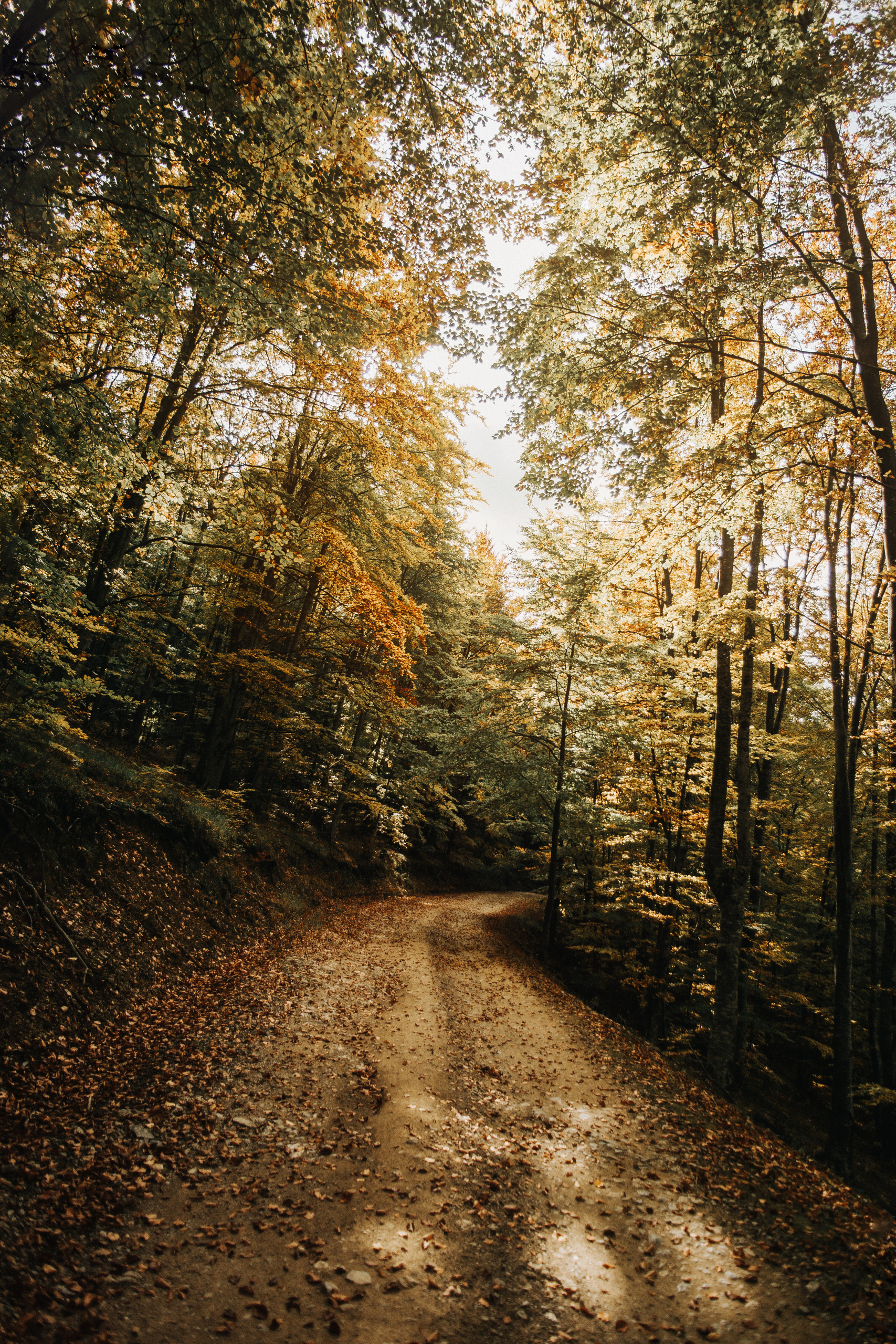
One of the key
evidences describing life and mining activity on the mountain is guess what! —
My hilltop graveyard that started the whole story!
214 gravestones, scattered
and heavily damaged. One of the oldest monuments that could be read and dated —
tells us that one of my grand grandfathers died in the year of 1806, during the
era of First Serbian Uprising, while the older ones keep their mouths shut of
the ages they have seen.
Most of the graves have similar patterns, unique to
the village area and close surroundings. The family names inscribed, are the
same ones a traveler would meet in the village. The Family name — Knezevici is
the most common. 44 graves with similar markings like the grave from the 1806,
tell us that ¼ of deceased, were living during the 1700s.
Finally the
sad answer to the question why so many graves belong to children and the
young is the epidemy of Scarlet Fever,
that decimated the population during the 1900s📖
The
work of Mr. Pecikoza provides an answer to one more question of mine. It says
that my family is the oldest one that settled the area after the Fall of the
Serbian Empire in the 14th century!
It is exactly them who carried the mining
activities of the middle ages in the mines of Rebelj. Fast forward 700 years
later and some members of a family still continue the miner's tradition. I was
always astonished by the stories of the medieval miners of Serbia, listening
about them in primary and high school, as it is something that Serbia was
famous for throughout Europe and Asia. Now knowing that it is my family who
helped establish that image, makes me be a proud member.
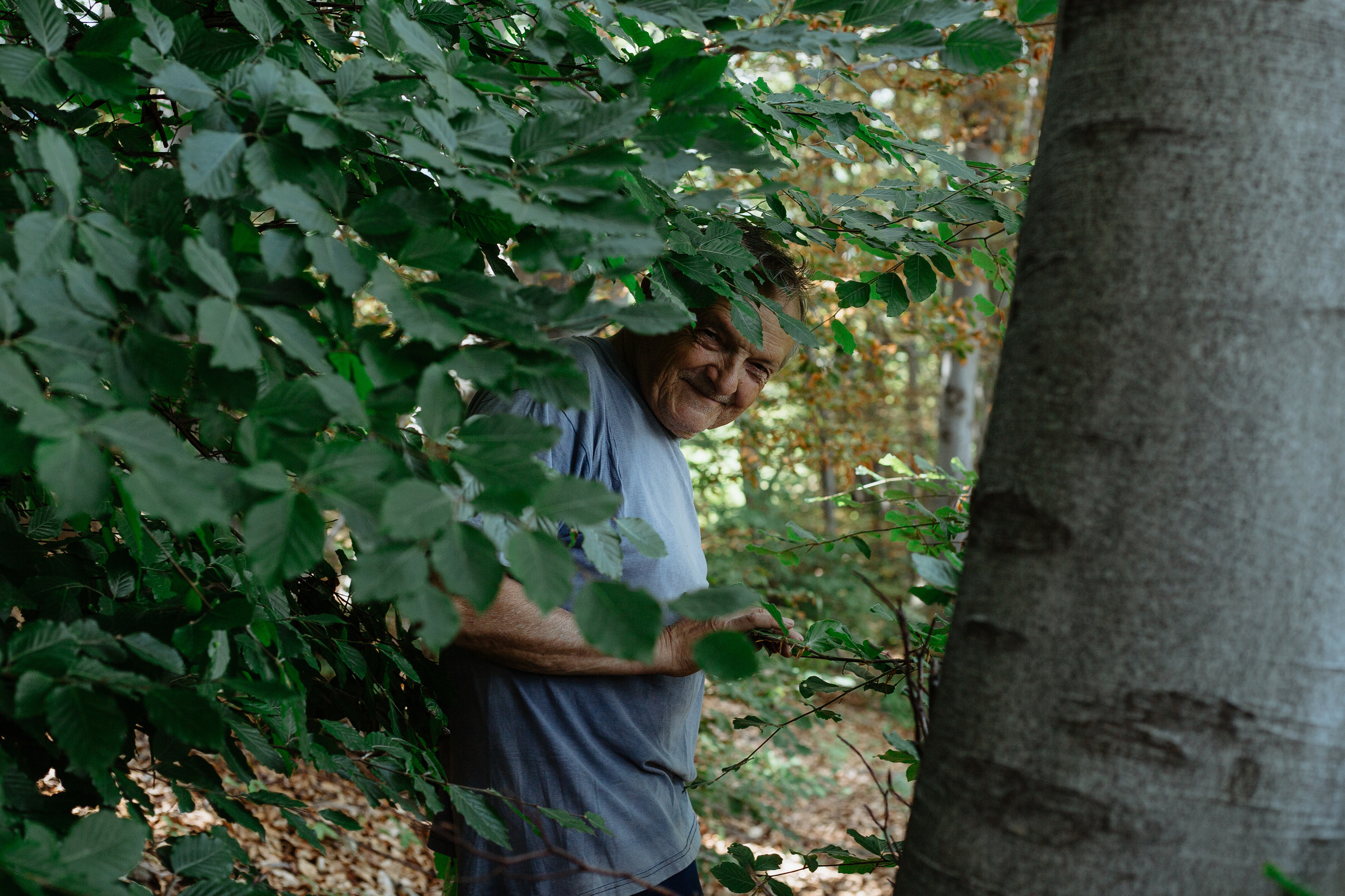
This concludes my years long research!
Thank you for staying with me and reading through this voyage, as it has been a quite special
one to me and I hope it was fun read for you as well!
Dedicated to my grandfather, Despot Knezević


